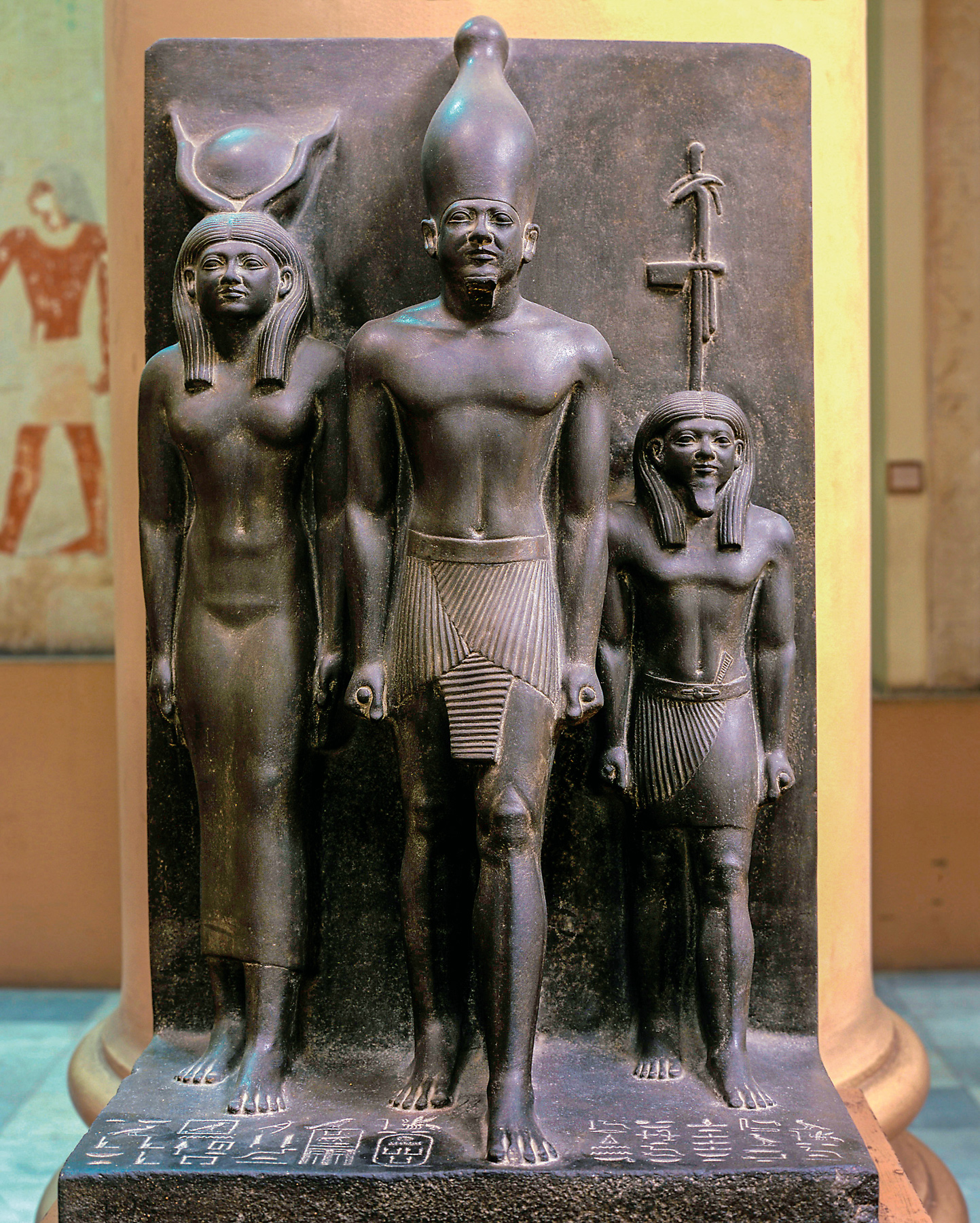
The Legacy of Egyptologist George Reisner—Our Book Review
Kyle Pakka
Walking Among Pharaohs: George Reisner and the Dawn of Modern Egyptology
Peter Der Manuelian, Oxford University Press, 2022.
When George Reisner died in 1942, he did so surrounded by ghosts—not just the pharaohs he’d unearthed but the stacks of unpublished notes that entombed his legacy. With this haunting image, Peter Der Manuelian begins his mission to resurrect the father of scientific archeology. Walking Among Pharaohs reveals how the son of a Midwestern shoe salesman revolutionized Egyptology, only to be forgotten by the field he helped create.
Manuelian, professor of Egyptology at Harvard University, transports us to the Giza Plateau at dawn, where Reisner’s team—both Western and Egyptian—brushed dust from the 4,500-year-old face of King Menkaure. Discovered in fragments, the colossal head did more than just complete an alabaster statue. It became one of the most important finds from the Pyramid Age. Unlike treasure-hunting contemporaries, Reisner documented every detail: the statue’s precise orientation, the quality of sunlight when discovered, even the sweat dripping on his field notes. It highlights archeology’s rigor—layer-by-layer excavation, glass-plate photography and the work of Egyptian staff who helped Reisner.
The book shines brightest in its portrait of Harvard Camp, Reisner’s mud-brick compound beneath the Pyramids of Giza. Manuelian makes us taste the gritty tea shared with foremen, hear the arguments over trench measurements and feel the weight of unpublished discoveries piling up as funding waxed and waned. Through unpublished letters, we meet Egyptian families who worked for Reisner for decades, yet whose contributions were erased from official histories.
Reisner’s contradictions fascinate. He empowered Egyptian colleagues while dismissing Nubia’s kingdoms as Egyptian imitations, produced 45,000 photographs but left manuscripts unfinished and built Harvard’s Egyptology program only to see it languish. Manuelian frames these not as failures but as symptoms of archeology’s growing pains—a field torn asunder by its colonial past and scientific future.
Some may wish for less detail about expedition logistics, but Manuelian’s granular approach mirrors Reisner’s own: Every invoice and diary entry matters. When World War II stranded the aging archeologist at the Harvard Camp, we witness his heartbreaking race against time—paralyzed by a stroke but still dictating notes even if with the most undecipherable of utterances, surrounded by the greatest unpublished record in Egyptology.
The final pages deliver a masterstroke: Reisner’s methods became standard, yet credit went to others. His unpublished works, we realize, aren’t just unfinished business, they are archeology’s lost foundation. Manuelian doesn’t merely chronicle a life; he exposes how knowledge gets buried, both in sand and in institutions, forcing us to ask who else might be missing from the record and why.

His [George Reisner] fluent Arabic and personal connection to the Egyptians with whom he worked still sets the archaeological bar high even today.